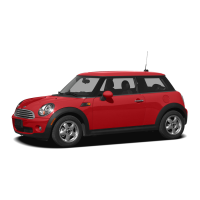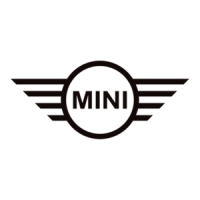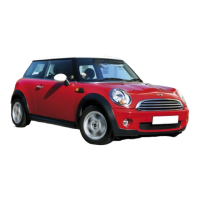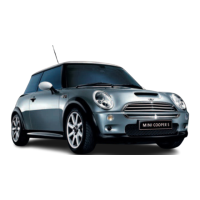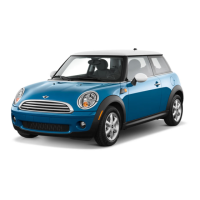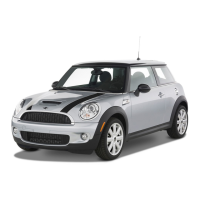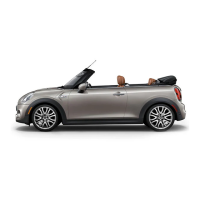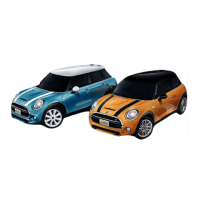– Adjust the distance so that the head
restraint is as close as possible to the
back of the head. Adjust the distance
via the backrest tilt as needed.
– For manually adjustable head re-
straints: After adjusting, make sure
that the head restraint is correctly
engaged.
Warning
Body parts can be jammed when moving
the head restraint. There is a risk of injury.
Make sure that the area of movement is
clear when moving the head restraint.
Warning
Objects on the head restraint reduce the
protective effect in the head and neck
area. There is a risk of injury.
– Do not use seat or head restraint cov-
ers.
– Do not hang objects, for instance
clothes hangers, directly on the head
restraint.
– Only use accessories that have been
determined to be safe for attachment
to a head restraint.
– Do not use any accessories, for in-
stance pillows, while driving.
Adjusting the height
To improve the view of the rear, the rear
head restraints can be lowered completely.
Set seat to the lowest position only if no one
will be sitting in the seat.
– To raise the head restraint, push the
head restraint upward.
– To lower the head restraint, press the
release button on the backrest, arrow 1,
then push the head restraint downward.
Removing/attaching head
restraints
Only remove the head restraint if no one
will be sitting in the seat in question.
1. Fold down the corresponding rear seat
backrest.
To fold down the rear seat backrest, fol-
low the steps for enlarging the cargo
area.
2. Raise the head restraint to the resist-
ance point.
3. Press the release button on the backrest,
arrow 1, then pull the head restraint
completely out.
Additional information:
Enlarging the cargo area, refer to page 270.
Seite 103
Seats, mirrors and steering wheel CONTROLS
103
Online Edition for Part no. 01405B37A59 - II/24
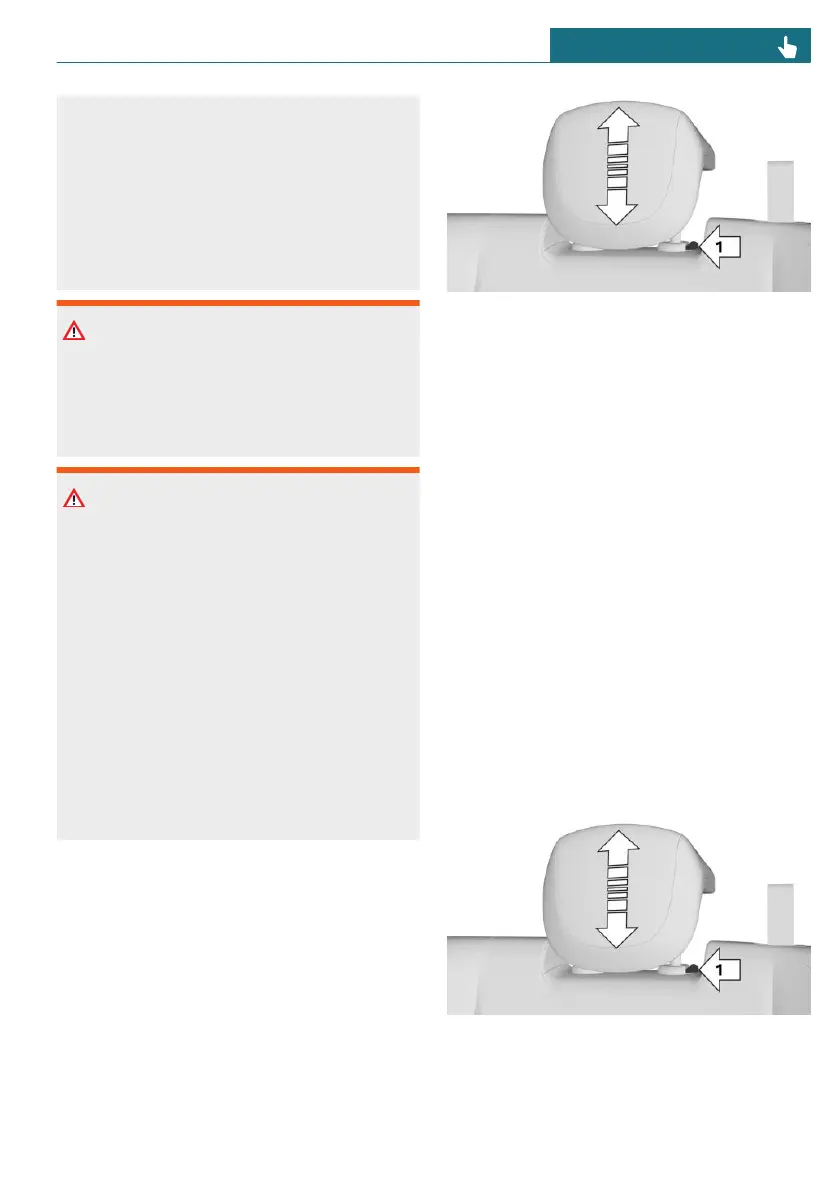